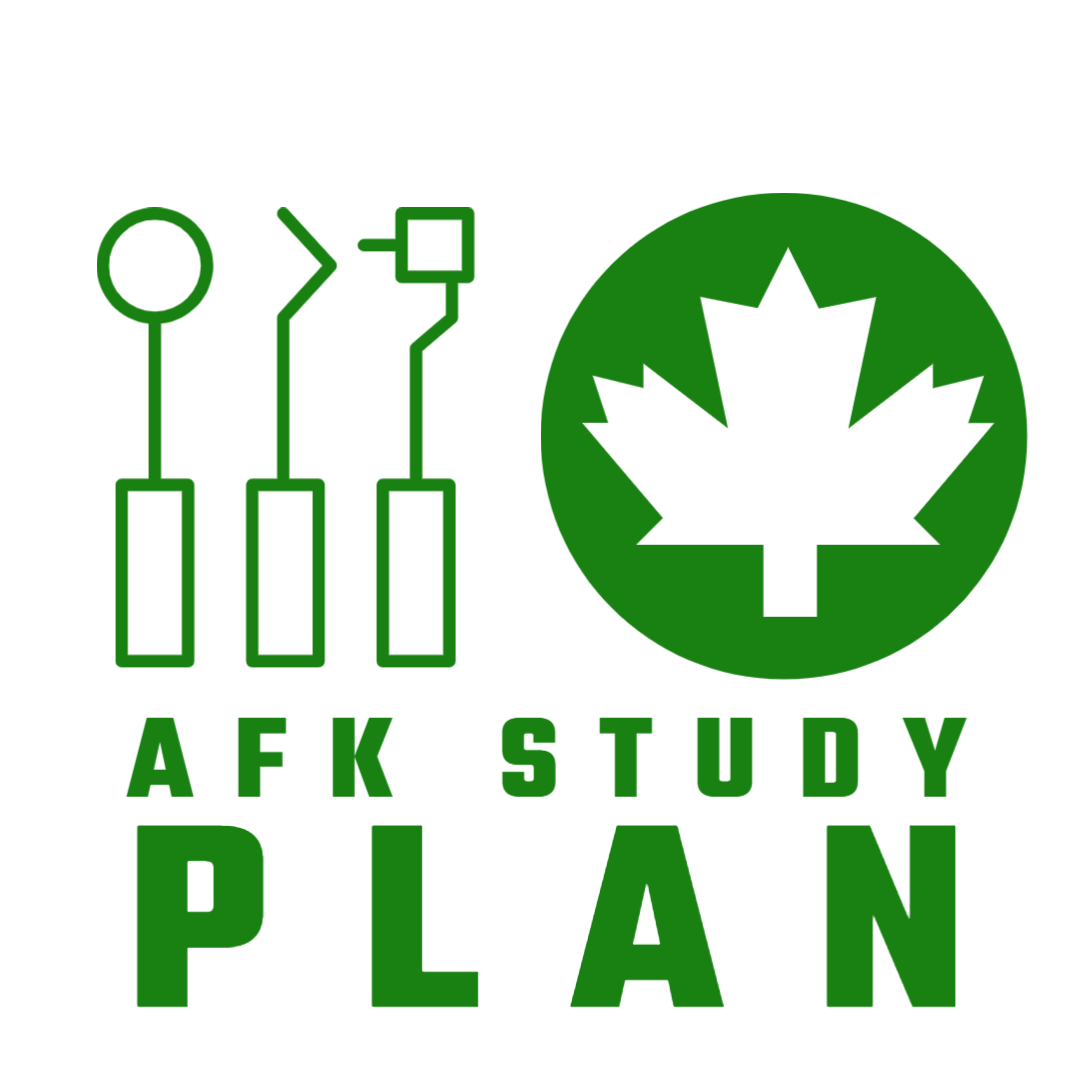✅ Step 1: Get Your Dental License
📝 Tip: Start researching the licensing requirements for your target province before you finish your exams — it'll save you time!
✅ Step 2: Look for Your First Job as a Licensed Dentist
Things you'll need:
✅ Step 3: Consider Working in Underserved Areas
✅ Step 4: Join Professional Associations
✅ Step 5: Plan Your Long-Term Career Path
🎯 Final Thoughts
👉 Need help preparing your CV or planning your next steps?Reach out to us — we're happy to guide you!
Join our AFK Weekly newsletter
Solving questions is really important, but solving exam grade questions with true and authenticated answers is critical.
Will post a question everyday, then at the week end will do a video to explain the correct answers and the concept of each questions, signup now to get weekly updates.
Will post a question everyday, then at the week end will do a video to explain the correct answers and the concept of each questions, signup now to get weekly updates.
Thank you!
